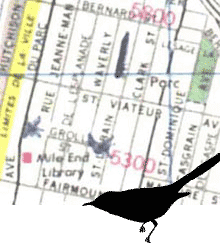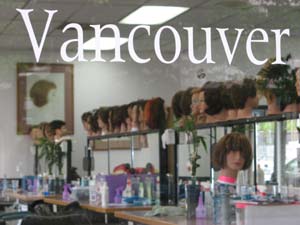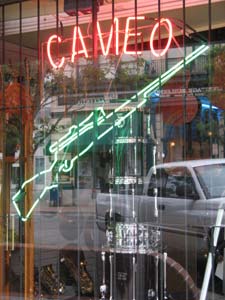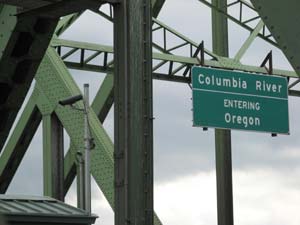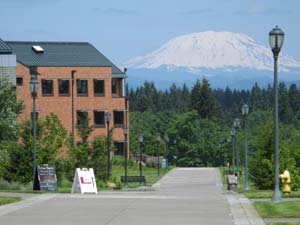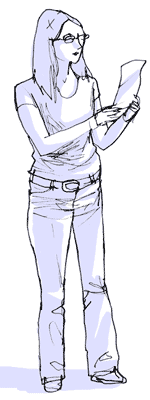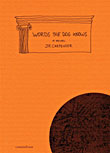I will be presenting a paper called "A Book-ish Novel: Transmediation in Words the Dog Knows" at MiT6: Stone and Papyrus, Storage and Transmission, an international conference taking place at MIT April 23-27, 2009. In this paper I will trace the paths that select portions of my first novel,
Words the Dog Knows, have traveled: from ear to eye to pen to paper to computer to printer to publisher to video to audio to web to eye to ear and back to pen again, with the novel’s precursive zines and web-based iterations as visual aides.
J. R. Carpenter,
A Book-ish Novel: Transmediation in Words the Dog KnowsFriday, April 24, 2009, 2:30-4 room 66-168 (
campus map).
MiT6: Stone and Papyrus, Storage and Transmission, MIT April 23-27, 2009.
In his seminal essay "The Bias of Communication" Harold Innis distinguishes between time-based and space-based media. Time-based media such as stone or clay, Innis agues, can be seen as durable, while space-based media such as paper or papyrus can be understood as portable, more fragile than stone but more powerful because capable of transmission, diffusion, connections across space.
Speculating on this distinction, Innis develops an account of civilization grounded in the ways in which media forms shape trade, religion, government, economic and social structures, and the arts. Our current era of prolonged and profound transition is surely as media-driven as the historical cultures Innis describes.
His division between the durable and the portable is perhaps problematic in the age of the computer, but similar tensions define our contemporary situation. Digital communications have increased exponentially the speed with which information circulates. Moore's Law continues to hold, and with it a doubling of memory capacity every two years; we are poised to reach transmission speeds of 100 terabits per second, or something akin to transmitting the entire printed contents of the Library of Congress in under five seconds.
Such developments are simultaneously exhilarating and terrifying. They profoundly challenge efforts to maintain access to the vast printed and audio-visual inheritance of analog culture as well as efforts to understand and preserve the immense, enlarging universe of text, image and sound available in cyberspace. What are the implications of these trends for historians who seek to understand the place of media in our own culture?
What challenges confront librarians and archivists who must supervise the migration of print culture to digital formats and who must also find ways to preserve and catalogue the vast and increasing range of words and images generated by new technologies? How are shifts in distribution and circulation affecting the stories we tell, the art we produce, the social structures and policies we construct?
What are the implications of this tension between storage and transmission for education, for individual and national identities, for notions of what is public and what is private?
The first
Media in Transition conference was held in 1999 and marked the launch of the MIT graduate program in Comparative Media Studies. Since then, four bi-annual conferences have been held, co-sponsored by CMS and the MIT Communications Forum, with each new conference generating a more internationally diverse audience than its predecessor.
I have presented at two previous Media in Transition conferences:
MiT4: the work of stories (2005)
MiT5: creativity, ownership and collaboration in the digital age (2007)
. . . . .
Labels: conference, Words the Dog Knows


